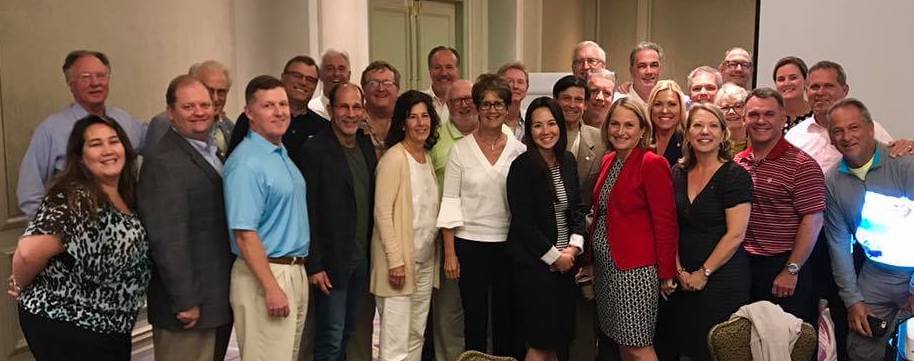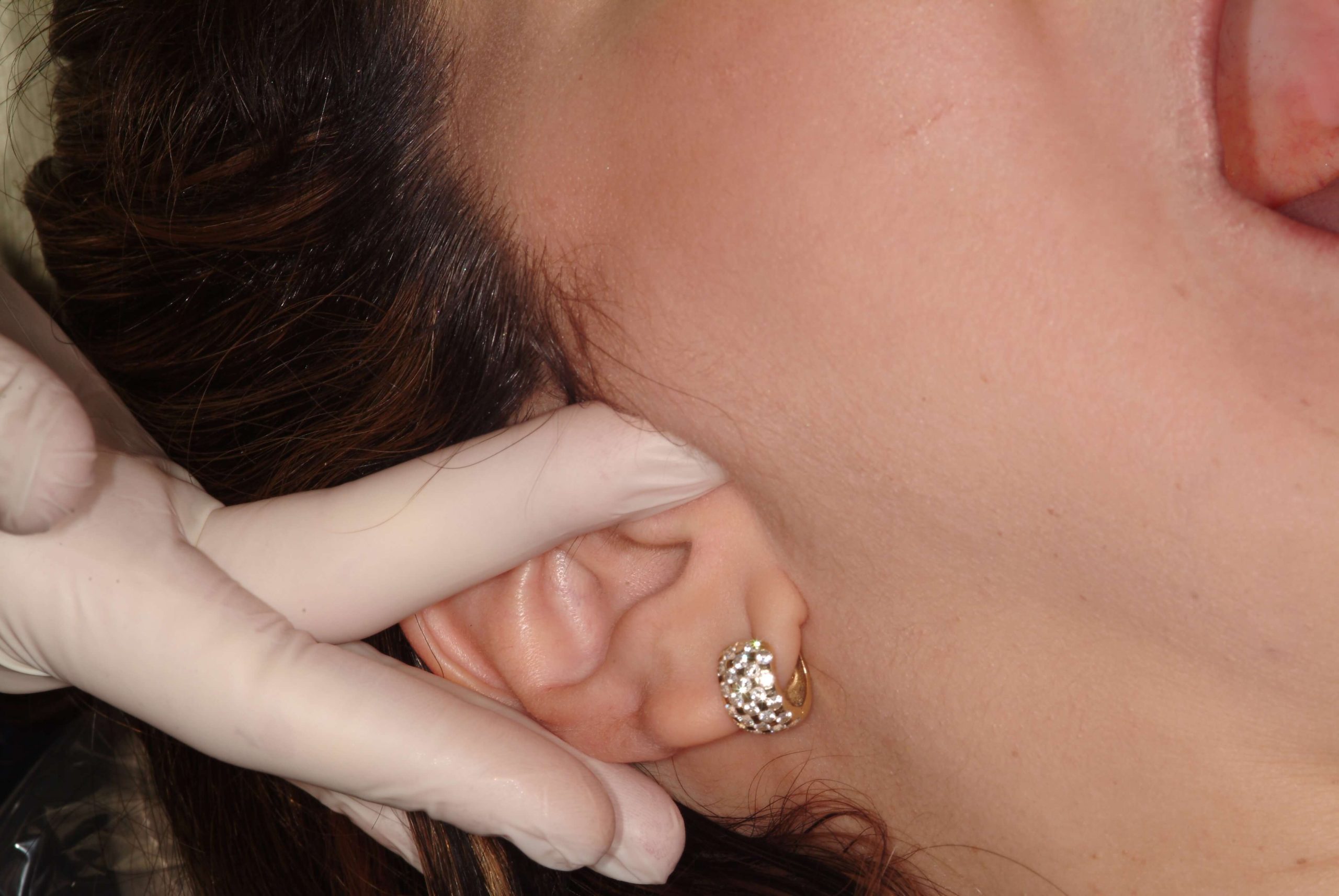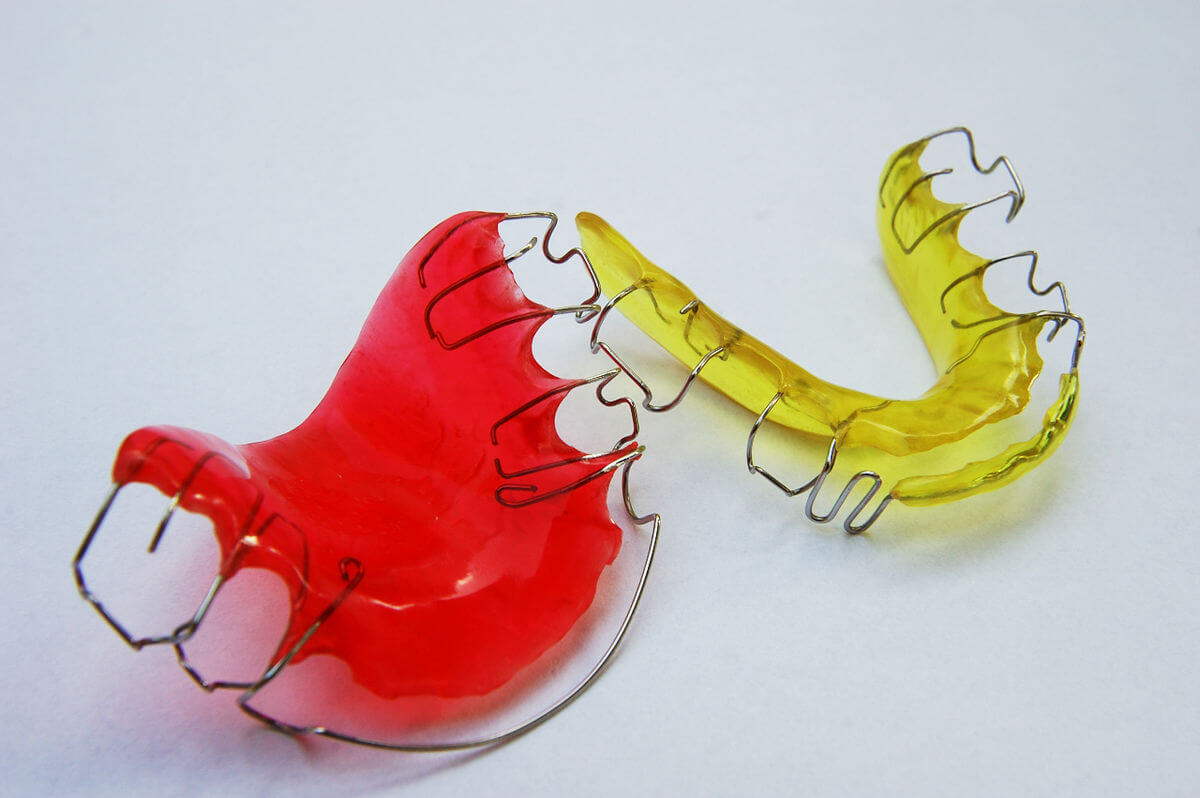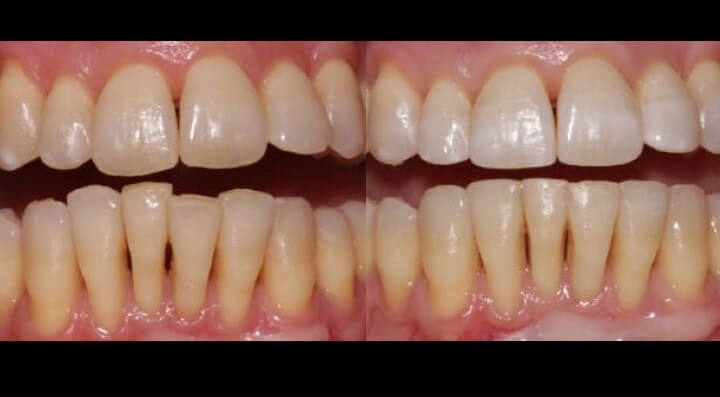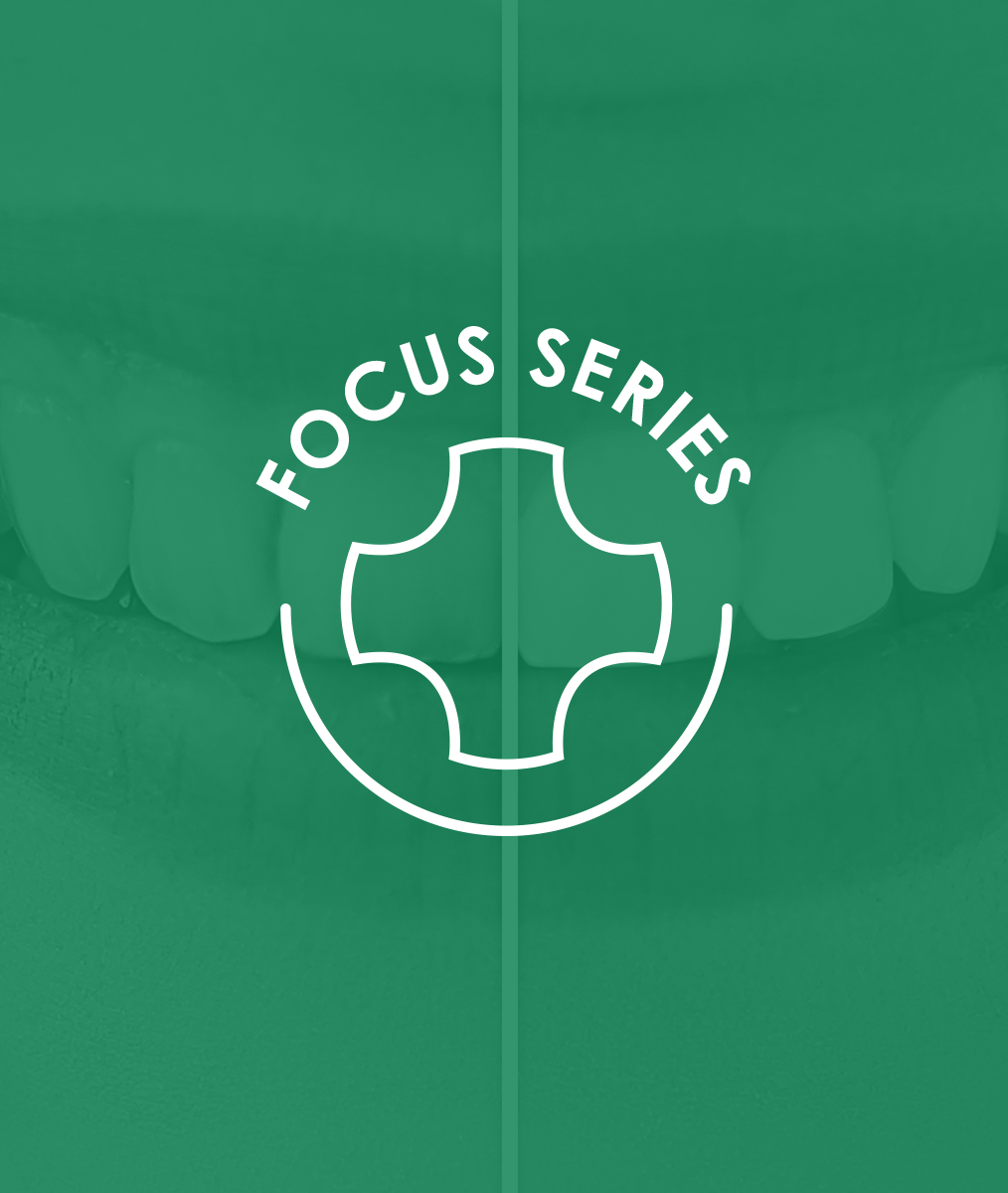Learning Through Community
Dr. Amy Hunt recalls the similarities between her biological family and her Pankey family that make her proud to return to Key Biscayne every year.
Dr. Hunt’s Take on the Pankey Family
Every summer, our extended family gathers in the coastal town of Morehead City, NC for a reunion. Our “special home base” is a relatively small cabin built by relatives in the early 1950’s. It’s perched on a large oyster bed on Calico Creek where the tides rise and fall under the house. Over the years, babies have grown up, cousins have married, some relatives have died, but we all carry our favorite memories of special times shared together on the shoals of Calico Creek.
The weekend culminates with a traditional NC barbecue feast and promises to return again next year. As is true with many meaningful events, the work is shouldered by a few of the most committed organizers in the family. We have cousins Helen, Kevin, and Richard to thank for making this tradition a reality.
As I think of these reunions I am reminded of another “family reunion” that I look forward to each year … the annual meeting of the Pankey Institute. Like my biological family, we have grown up and are now growing older together. This special group includes many of the friends and mentors who have helped shape me into the mother, wife, and dentist I am today. I love to “return home” every September. I have an opportunity to reconnect and renew friendships as well as create new ones with like-minded people.
We learn, laugh, and even dance together. The veterans pass on their wisdom to the next generation while they in turn share their unique perspective and insights. Like the reunions on Calico Creek, the safety of being with family allows us to be our most genuine selves. Please mark your calendars to “come home” to Pankey this September.
What do you love about being a part of the Pankey family? Please leave your thoughts in the comments!
Related Course
E4: Posterior Reconstruction and Completing the Comprehensive Treatment Sequence
DATE: October 30 2025 @ 8:00 am - November 3 2025 @ 2:30 pmLocation: The Pankey Institute
CE HOURS: 44
Dentist Tuition: $ 7400
Single Occupancy with Ensuite Private Bath (per night): $ 345
The purpose of this course is to help you develop mastery with complex cases involving advanced restorative procedures, precise sequencing and interdisciplinary coordination. Building on the learning in Essentials Three…
Learn More>
